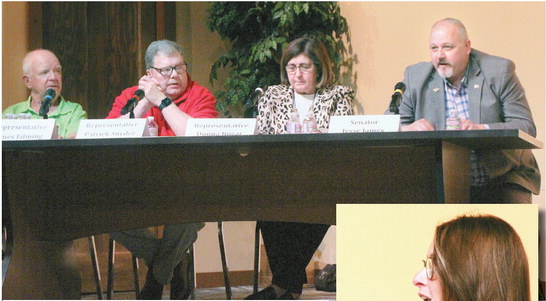Event connects school, legislative leaders


School districts across the state are being impacted by concerns over financial stability, staffing and testing mandates.
On Monday evening, representative...


School districts across the state are being impacted by concerns over financial stability, staffing and testing mandates.
On Monday evening, representative...